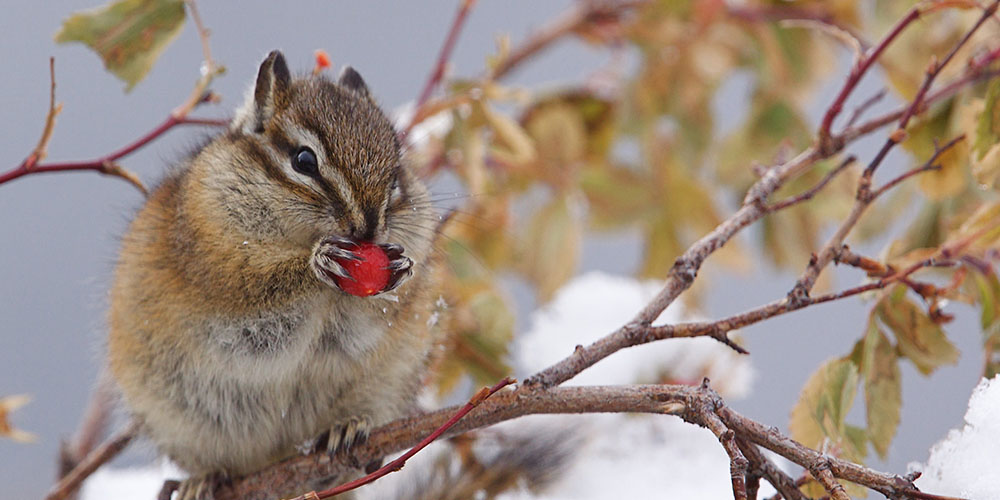Have Seeds, Will Travel
A plant is a biological system containing processes and components that enable it to grow and reproduce. By observing, collecting, and classifying seeds, students examine one aspect of a plant’s reproductive system.
Objectives
Students will
- Sort and classify plant seeds.
- Identify different methods of seed dispersal.
- Model or design seeds that use varied dispersal methods.
For the complete activity and more like this, purchase the Explore Your Environment: K-8 Activity Guide at Shop.PLT.org and/or attend a professional development training in your state.
Explore Your Environment: K-8 Activity Guide is a supplementary curriculum that is multi-disciplinary, with an emphasis on science, reading, writing, mathematics, and social studies.
Each activity displays explicit connections to practices and concepts expected by the following national academic standards so teachers can easily see where the materials will fit into their lesson plans:
- Next Generation Science Standards (NGSS)
- Common Core Toolkit, includes
- English Language Arts (CCSS.ELA)
- Mathematics (CCSS.MATH)
- College, Career, and Civic Life Framework for Social Studies (C3)
Our professional development further demonstrates these connections, as well as to state and local standards, contact your state coordinator.
Seed School
Seed School Grades K-2 Written by: Joan Holub Illustrated by: Sakshi Mangal Published by: Quarto Publishing Group USA, 2018 ISBN-13: 978-1633223745 Recommended Reading Spend a day at seed school and meet student seeds of all different shapes and sizes. Colorful illustrations showcase the biodiversity of the garden, while the story’s verse helps young readers... Read more »
EE Resources
Leaf Shapes
Leaf Shapes (pdf) – Use these leaf outlines with the “Dance with leaves” group experience. If you are unable to collect real leaf examples from your home or schoolyard, consider using these colorful photographed alternatives.
Seeds Are Smart
The Jeffers Foundation, whose mission is to foster environmental stewardship through education, has created several instructional videos for children-at-home on various environmental topics. For example, in Seeds are Smart, children look at different types and shapes of seeds, learn where seeds come from and how to identify them, how seeds are an important part of... Read more »
Discover Inspiring Women in Science: Barbara McClintock
We all know Marie Curie, the first woman to win a Nobel Prize for pioneering research on radioactivity. But there are many more women scientists, mathematicians, and engineers who have made incredible advances in their fields. Beyond Curie is a celebration of 40 of these amazing women in STEM fields, including 16 Nobel Peace Prize winners.... Read more »
Ag Across America
Ag Across America is an online geography game for grades 3-5. With this game, students will learn more about how farms provide our food, fiber, and energy. The game guides students through a series of video and trivia questions about farms across the U.S. When you answer correctly, players collect items to have on their own... Read more »
Into the Outdoors: The Importance of Plants and Pollinators
Did you know that 1/3 of the food you eat from the United States depends on pollinators? Pollinators, such as bees, play a vital role in how plants develop fruit and spread their seeds. Into the Outdoors explains this role in a 5-minute video called Plants and Pollinators. The video also explains how other organisms,... Read more »
Seed Racers
Are you looking for a fun and interactive way to teach your students about seeds? Why not have your students play the Seed Racers game? In this simple point and click style game, students learn about the types, features, and dispersal methods of many different kinds of seeds. Students work through multiple missions to collect... Read more »
STEM Teaching Tools
The University of Washington’s Institute of Science and Math created Practice Briefs. These free articles highlight ways of working on specific issues that come up during STEM teaching. These briefs helps K-12 educators and administrators stay informed on teaching STEM issues, including STEM issues relating to teaching NGSS and implementing meaningful STEM learning. Each brief... Read more »
Seed Dispersal Methods
This one-page handout offers explanations of the different ways seeds can travel, and examples of seeds for each method.
Seed Characteristic Chart
Investigate different types of seeds, and organized and describe them using this helpful chart.
Login to download supporting materials such as appendices and teaching tips.
Login
 Get this Guide
Get this Guide
 Find Training
Find Training


